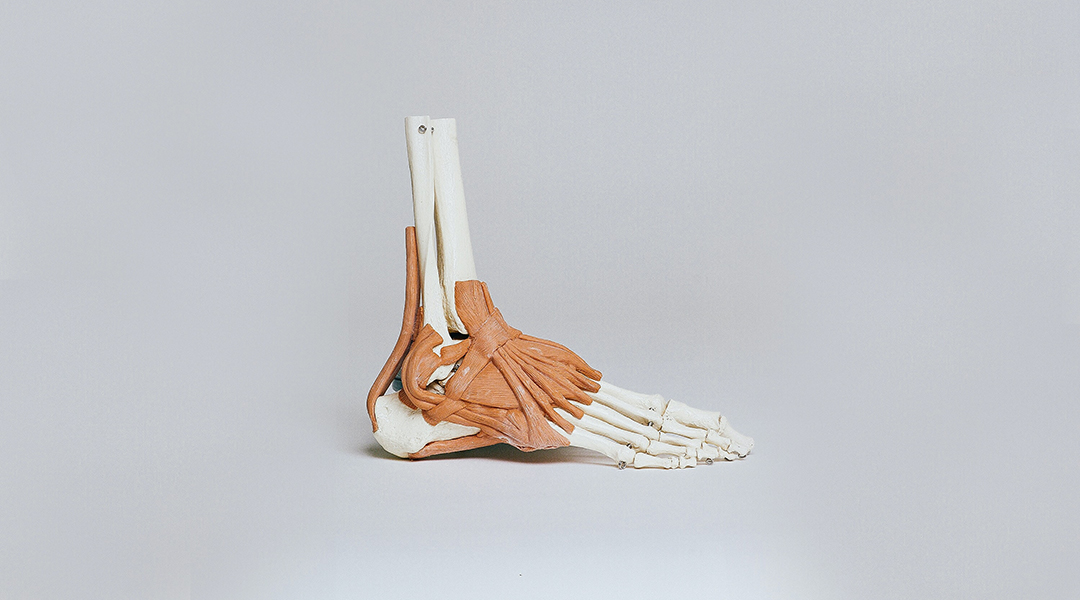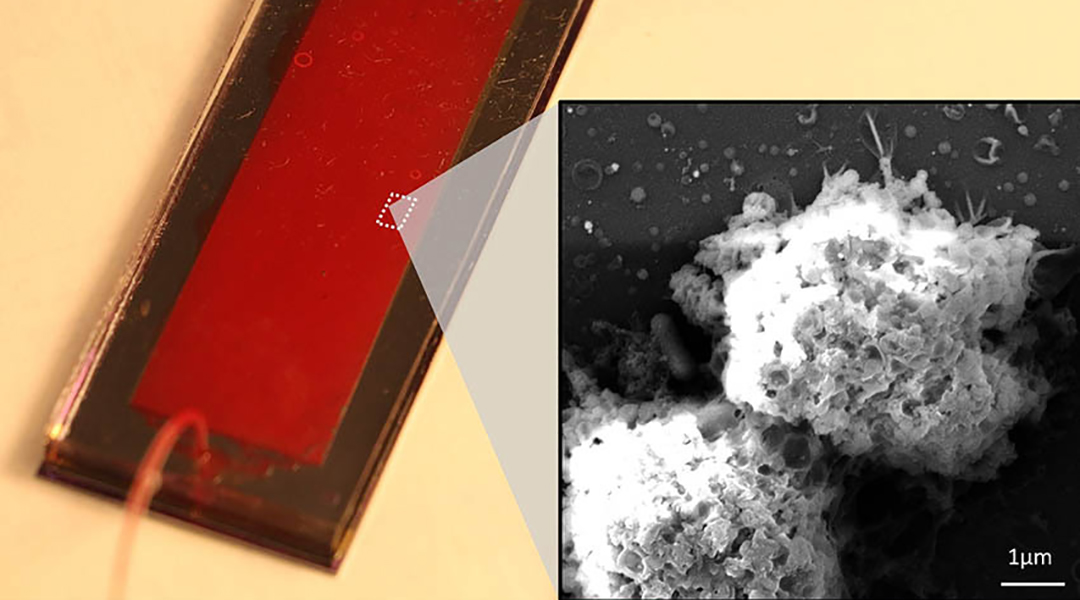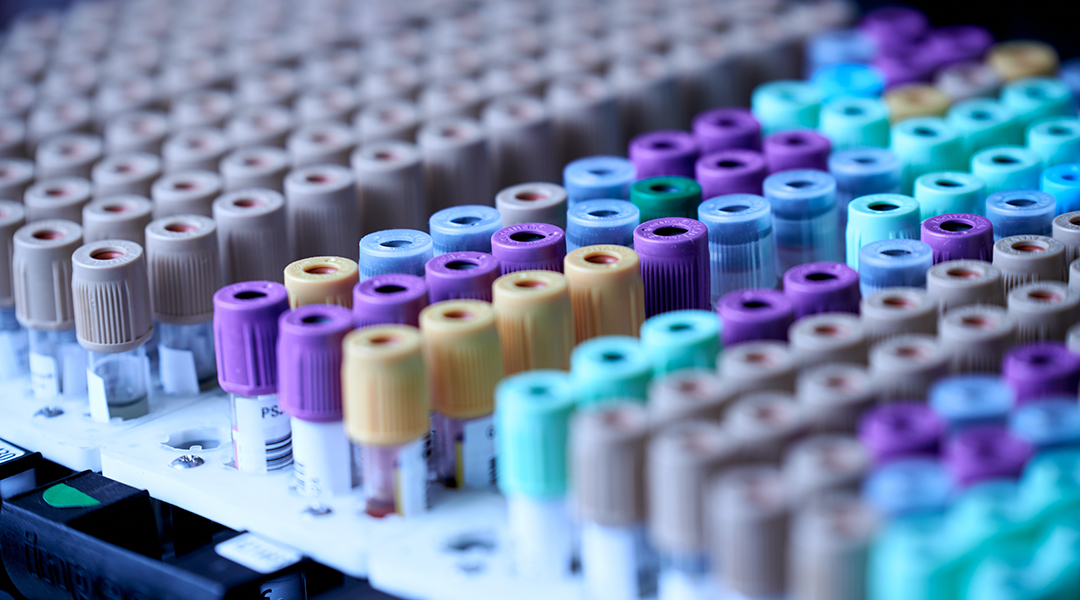A new biochip can quickly evaluate anticancer drug toxicity and penetration across an advanced blood–brain barrier model.


A new biochip can quickly evaluate anticancer drug toxicity and penetration across an advanced blood–brain barrier model.

Self-propelling microparticles enhance the dissolution of drugs in the stomach, achieving better bioavailability without the side effects of high dosing.

A new drug-laden gel allows for better levels of uptake in both the blood and the brain.

A new, open-source platform allows scientists to easily measure the carbon footprint of their computations.

Micropillar arrays using UV nanoimprint lithography essentially trick cells to become bone.

“Cool gadgets” takes on new meaning as scientists develop a radiative cooler that keeps wearable device temperature down, even under direct sunlight.

A liquid-based, solar-powered soft robot has this writer dreaming of its potential applications in space explorations and beyond.

Moisture-resistant mask filters made from compostable and abundant materials could help curb plastic pollution as a result of the pandemic.

Engineers and oncologists teamed up to develop a microfluidic chip capable of capturing the body’s natural killer immune cells to harvest their cancer-killing exosomes.

The first digital CRISPR/Cas‐assisted assay that can detect SARS‐CoV‐2 in under 30 minutes.